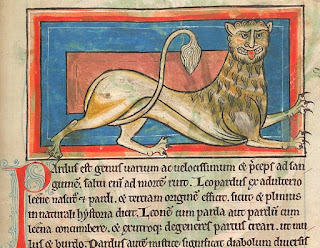When Ranulf died, Matilda inherited (along with three sisters) a part of his estates, but as the eldest she inherited the earldom suo jure, Latin for "in [his/her] own right," meaning the title is hers and not derived from marriage to the earl. Matilda at the time was about 60 years old, and so one month after she inherited the title, she gave it (with King Henry's permission) to her son, and the title of 7th Earl went to John of Scotland. Matilda died 6 January 1232.
John died in 1237, and following the accidental family pattern left no heirs but had sisters. The sisters inherited his estates, and agreed among them that the eldest sister's son should become the 8th Earl. That would have been William de Forz. Henry did not like this solution: he saw estates being divided among women and perhaps didn't want the earldom being run by an increasingly Scottish dynasty. Henry purchased the honor (estate) of Chester from the sisters in 1246.
In 1254 there was a Third Creation. Henry gave the title to his son Edward. Since Edward would later become King Edward I, in 1264 there was a Fourth Creation and the new Earl of Chester was Simon de Montfort, who was the 6th Earl of Leicester but now became the 1st Earl of Chester of the Fourth Creation.
King Edward I followed in his father's footsteps and gave his son, who would later become King Edward II, the title. Edward of Caernarvon was Earl of Chester of the Fifth Creation.
As Edward II, the Sixth Creation was made for his son, Edward Plantagenet, who would later become King Edward III.
The Earldom of Chester (seen in the map above in the top right, in purple) was a powerful entity and valuable as a staging for some of the wars against the Welsh. Tomorrow we'll start looking at conflicts between England and Wales.











